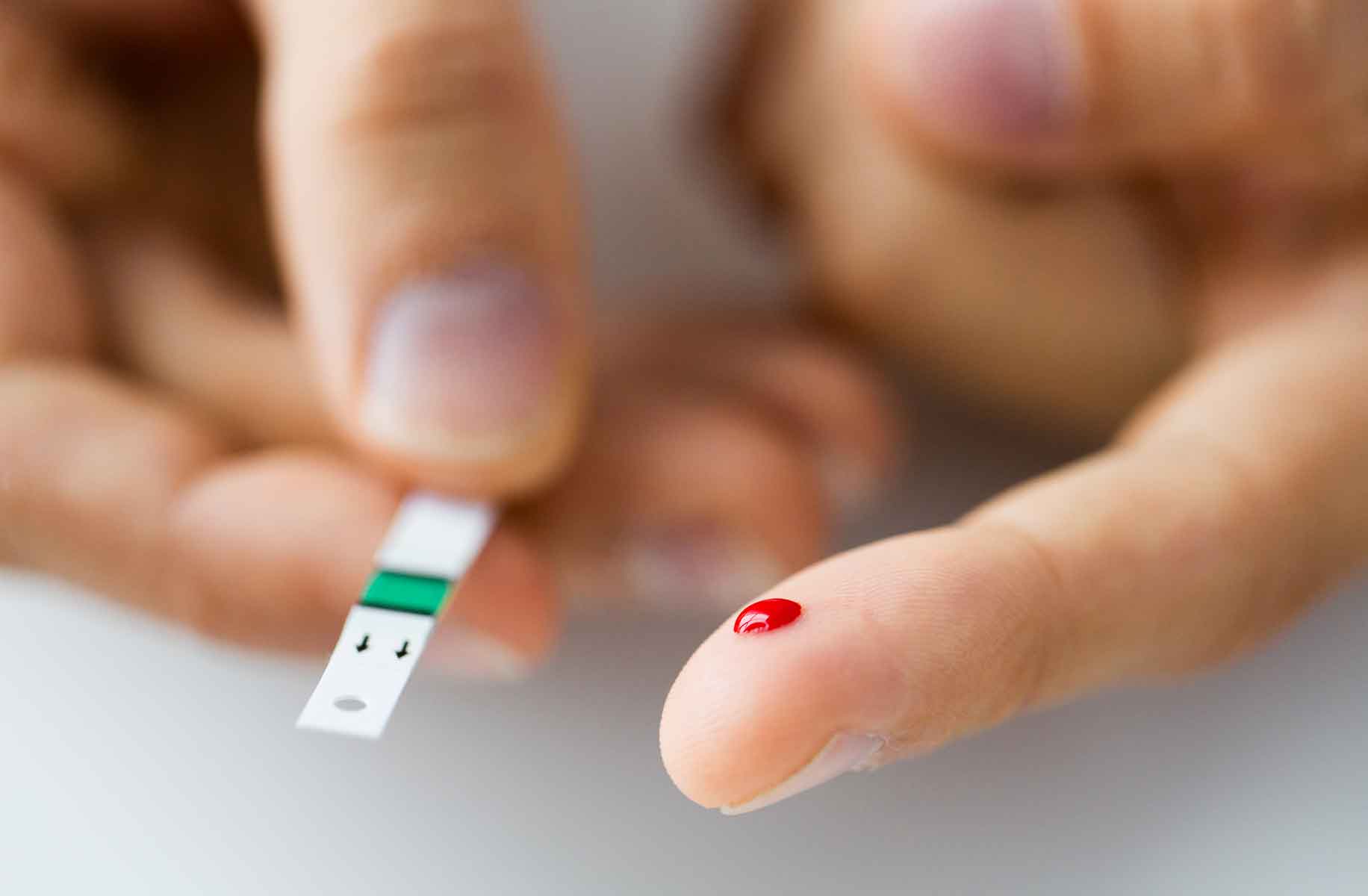
Wellness for Adults
Diabetes
Medical Disclaimer: The information and advice published or made available through this website is NOT intended to replace the services of a physician or a health care professional acting under a physician’s supervision, nor does it constitute a doctor-patient relationship which has been established by an in-person evaluation of a patient.
Diabetes is a common life-long health condition. This is a chronic disease that occurs either when the pancreas does not produce enough insulin or when the body cannot effectively use the insulin it produces. Insulin is a hormone that regulates blood sugar. Hyperglycaemia, or raised blood sugar, is a common effect of uncontrolled diabetes and over time leads to serious damage to many of the body’s systems, especially the nerves and blood vessels.
- 346 million people worldwide have diabetes.
- In 2004, an estimated 3.4 million people died from consequences of high blood sugar.
- WHO projects that diabetes deaths will double between 2005 and 2030.
Diabetic Complications
Over time, this condition can damage the heart, blood vessels, eyes, kidneys, and nerves.
- It can increase the risk of heart disease and stroke. 50 percent of people with diabetes die of cardiovascular disease (primarily heart disease and stroke).
- Combined with reduced blood flow, neuropathy in the feet increases the chance of foot ulcers and eventual limb amputation.
- Diabetic retinopathy is an important cause of blindness, and occurs as a result of long-term accumulated damage to the small blood vessels in the retina. After 15 years of diabetes, approximately 2 percent of people become blind, and about 10 percent develop severe visual impairment.
- It is among the leading causes of kidney failure. 10-20 percent of people with diabetes die of kidney failure.
- Diabetic neuropathy is damage to the nerves as a result of diabetes, and affects up to 50 percent of people with diabetes. Although many different problems can occur as a result of diabetic neuropathy, common symptoms are tingling, pain, numbness, or weakness in the feet and hands.
- The overall risk of dying among people with diabetes is at least double the risk of their peers without diabetes.
Symptoms
Type 1 Diabetes (Insulin Dependent): Symptoms include excessive excretion of urine (polyuria), thirst (polydipsia), constant hunger, weight loss, vision changes and fatigue. These symptoms may occur suddenly.
Type 2 Diabetes: Symptoms may be similar to those of Type 1 diabetes, but are often less marked. As a result, the disease may be diagnosed several years after onset, once complications have already arisen.
Western Medicine Points of View
Diabetes is a condition characterized by chronically raised sugar levels in the blood. Type I (insulin dependent) patients are often diagnosed in their childhood while the majority of Type II patients are diagnosed beyond 40 years of age.
Early diagnosis can be accomplished through relatively inexpensive blood testing.
Treatment involves lowering blood glucose and the levels of other known risk factors that damage blood vessels.
Tobacco use cessation is also important to avoid complications.
TCM Points of View
According to the WHO, acupuncture has a therapeutic effect on diabetes mellitus (non-insulin-dependent)*
In China, it is treated with a combination of Chinese and Western medicine including the use of insulin, with most patients taking Chinese medicine as a complementary treatment, which has shown to be very effective and has few side effects.
This condition affects all the major systems in the body, i.e., the respiratory, digestive, circulatory and reproductive, although in individual patients the degree by which each system is affected can be different. The treatment (acupuncture and herbs) therefore is adapted to each patient and changes over time.
According to a report from China, a Herbal formula cured 7 patients who were all over 40, non-insulin dependent, and without complications. In a different report, a CM formula containing 14 herbs was used to treat 33 diabetic ketoacidosis patients, 22 of whom showed marked improvement, 6 showed improvement and 5 showed no improvement.
Lifestyle Advices: Be friends with diabetes.
Although diabetes does not normally affect life expectancy, it can lead to serious complications. TCM, together with conventional medicine can keep symptoms under control and maintain a good quality of life for the majority of patients.
It is therefore imperative that in seeking to complement treatment with Chinese medicine, a patient does not stop taking any regular medication from their GPs or consultants and that the blood glucose levels are closely monitored whilst on a course of treatment.
Simple lifestyle measures have been shown to be effective in preventing or delaying the onset of type 2. To help prevent type 2 and its complications, people should:
- Achieve and maintain healthy body weight;
- Be physically active – at least 30 minutes of regular, moderate-intensity activity on most days. More activity is required for weight control;
- Eat a healthy diet of between three and five servings of fruit and vegetables a day and -reduce sugar and saturated fats intake;
- Avoid tobacco use – smoking increases the risk of cardio
